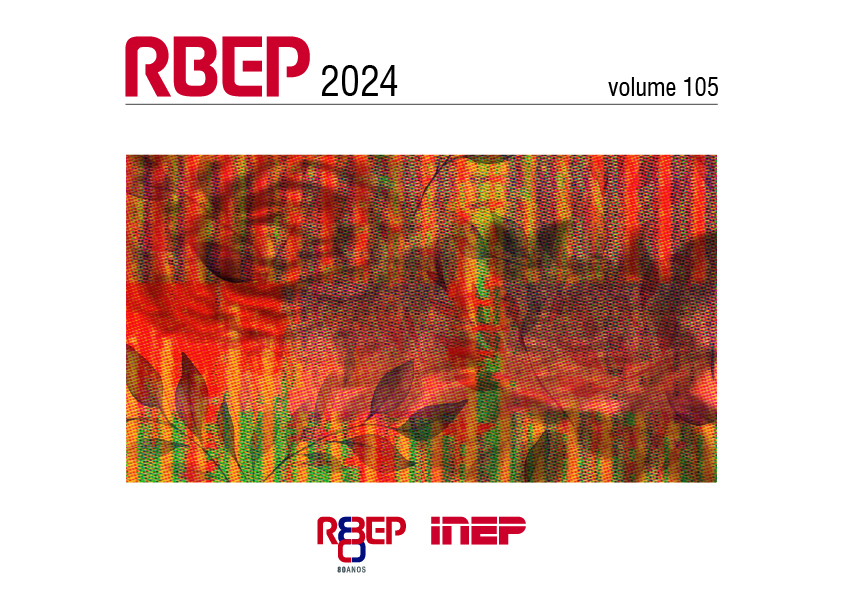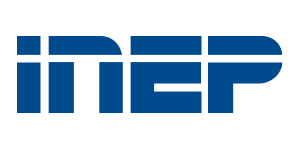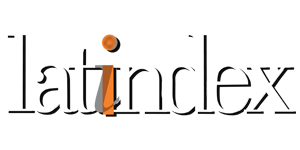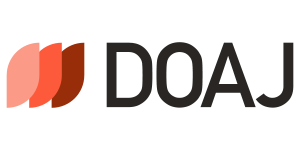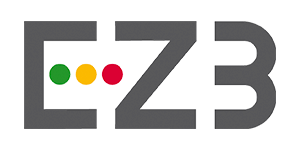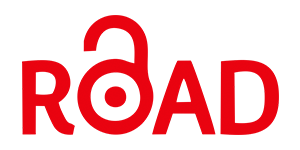Exergames as an assistive technology resource for students with cerebral palsy: analysis of performance and teaching strategy adaptations
Abstract
Exergames are part of a category of digital games that use movement as a form of interaction between the user and the game. Due to motor alterations, users affected by cerebral palsy (CP), in particular, have difficulties in interacting with these games. The objective of this study was to analyze the performance of students with CP and the teaching strategy adaptations in interventions with exergames. Six students diagnosed with CP participated in the study. Intervention sessions totaled 75 records. Performance was analyzed using an observation script with five analysis items: independence, attention/concentration, range of motion, reaction time, and frequency of support, associated with a correlation between the variables ‘number of sessions’ versus ‘the score’. Adaptations were analyzed using field notes, filming, and data triangulation. It was concluded that the exergames skiing, tennis, and boxing can be considered as assistive technology resources, since the students were able to participate in the activities in a functional way and performed the tasks/actions with greater independence and less support. The adaptations enabled access to different sports modalities. With these adaptations, Kinect can capture movements, carry out/select the initial settings, and make the game viable in a sitting position, such as in a wheelchair, consequently, facilitating autonomy in the game as a whole.
Downloads
Copyright (c) 2024 Brazilian Journal of Pedagogical Studies

This work is licensed under a Creative Commons Attribution 4.0 International License.
Once their work is accepted for publication, author’s copyrights are automatically relinquished to the National Institute for Educational Studies and Research Anísio Teixeira (Inep).
Since 2016, the journal Revista Brasileira de Estudos Pedagógicos (RBEP) uses the licence CC-BY.
Partial or total reproduction of the content of this Journal is permitted provided that the original publication is properly referenced, as well as a link to license CC BY 4.0 and to indicate any possible alterations made to the article.

